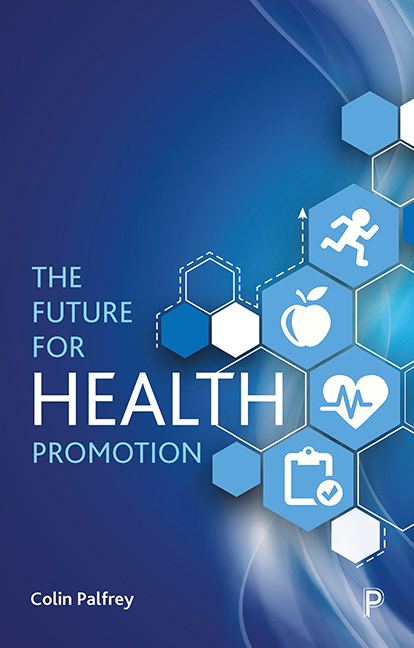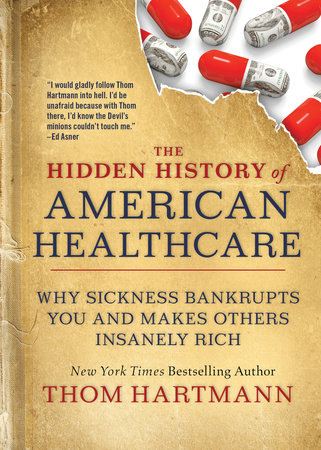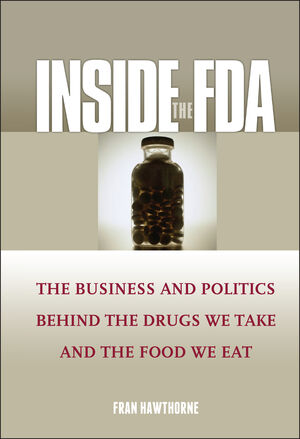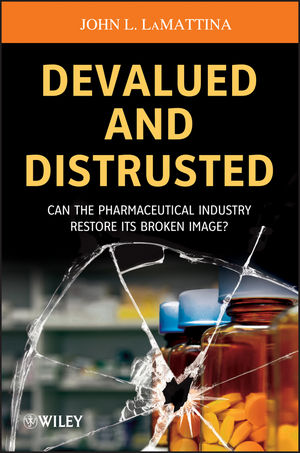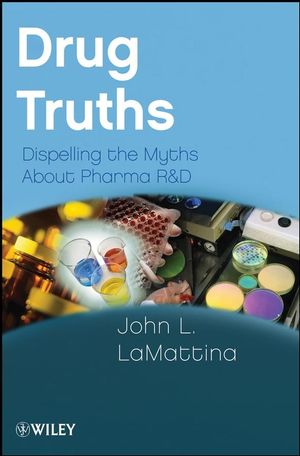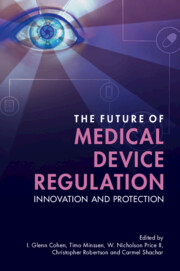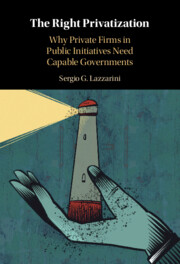Measuring and Valuing Health Benefits for Economic Evaluation
This book addresses the theoretical and practical considerations in the measurement and valuation of health benefit with empirical examples and applications to help clarify understanding and make relevant links to the real world. It includes a glossary of key terms and provides guidance on the use of different methods and instruments. This updated edition provides an-up-to date review of the theoretical basis of the QALY; the definition of health; the techniques of valuation (including ordinal); the modelling of health state values (including mapping between measures); a detailed review of generic preference-based measures and other instruments for obtaining health state utility values (with recent developments); cross-cultural issues (including the disability-adjusted life year); the aggregation of QALYs; and the practical issues surrounding the use of utility values in cost-effectiveness models. The book concludes with a discussion on the way forward in light of the substantial methodological differences, the role of normative judgements, and where further research is most likely to take forward this fascinating component of health economics.

